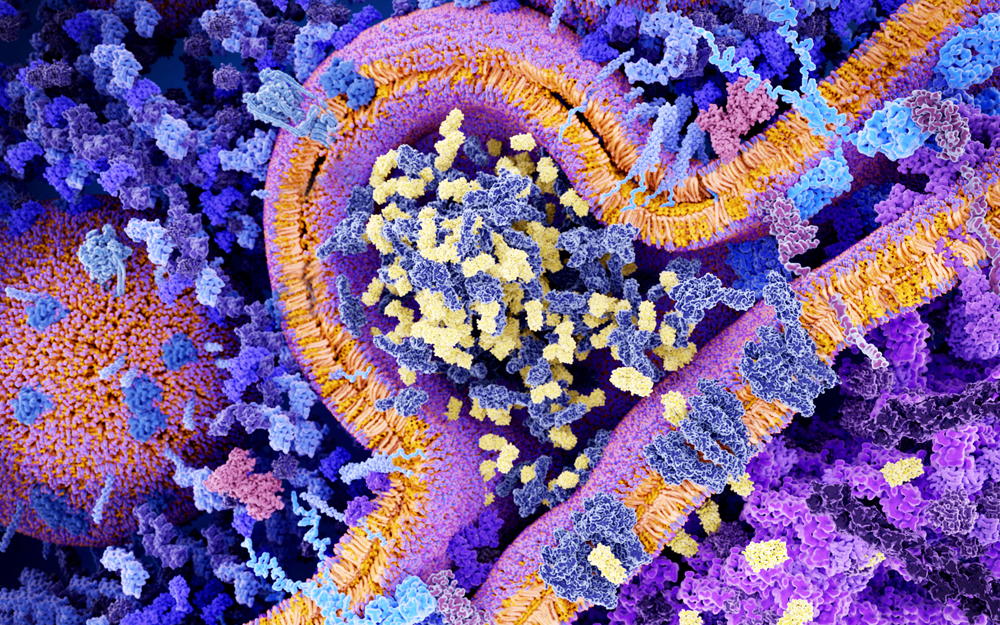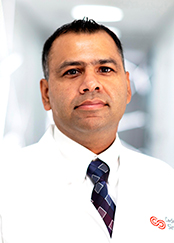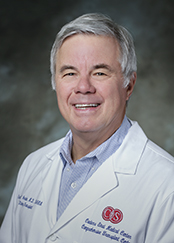Cedars-Sinai Blog
Scaled-Up Immunotherapy
Oct 19, 2021 Sarah Spivack LaRosa

A powerful treatment for certain blood cancers is CAR T-cell therapy. During this treatment, some of a patient’s immune cells (T-cells) are taken out and reprogrammed to fight their cancer. A chimeric antigen receptor (CAR) is added to the T-cells, which helps them recognize and attack the patient’s particular disease. Millions of these reprogrammed T-cells are re-infused into the body, where they help kill cancer cells.
"We are just learning to make these T-cells from iPSCs. There has been a knowledge gap for years that we are beginning to diminish."
While CAR T-cell therapy is a gamechanger for some cancer patients, the process is expensive and lengthy. It takes two to three weeks of manufacturing to create the reprogrammed T-cells—and this process must be repeated multiple times for each patient. Sometimes, the T-cells taken from the patient get “exhausted” or don’t proliferate in sufficient quantity to form a therapeutic dose.
"Right now, the process is individual to each patient, and there’s essentially a ‘scale-out’ bottleneck," says Dhruv Sareen, PhD, executive director of the Cedars-Sinai Biomanufacturing Center.
He proposes an alternative: using healthy donor cells to create a bank of CAR T-cells that can function in thousands of patients.
In Discoveries: Stem Cell Science: Separating Myth from Reality

Dhruv Sareen, PhD
Dhruv Sareen, PhD
This approach begins with taking the donor cells and engineering them to create an unlimited supply of induced pluripotent stem cells (iPSCs). Human iPSCs are created by taking ordinary adult body cells "back in time" to create stem cells that can generate any body cell. In this case, the iPSCs will differentiate into T-cells. Gene editing techniques can be used to add the CARs to the iPSCs or T-cells, so that every resulting T-cell generated from the iPSC will carry them.
“You could make a billion cells at one time and freeze them for later use when treatment is needed. It’s a scalable solution,” says Sareen.
The technology he is employing is brand new.
“We are just learning to make these T-cells from iPSCs. There has been a knowledge gap for years that we are beginning to diminish,” he says.
Dr. Stanley Jordan, director of the HLA and Transplant Immunology Laboratory at Cedars-Sinai and a collaborator on the project says, "We are hopeful this could lead to a new paradigm for management of transplant patients. We could move from immunosuppression to immune modulations, allowing the patients' own cells to suppress rejection responses." Dr. Jordan is also director of the Division of Nephrology and medical director of the Kidney Transplant Program.

Stanley C. Jordan, MD
Dhruv's team has made inroads in making T cells from iPSCs and are in the process of maturing them. Animal and human studies are still to come.
One challenge of this scaled-up cell manufacturing is that there is a chance that patients will experience immune rejection with the iPSC-created cells. Dhruv's team aims to create a bank of iPSC lines, called an iPSC haplobank, that will be at least a partial match for approximately 50% of the U.S. population. As the technology advances, they plan to add more unique iPSC lines to this bank that will match a large majority of the nation's population.
"If we can achieve this goal," Dhruv says, "we could have an off-the-shelf and an effective cell therapy solution for many patients."
Read: Stem Cells in Space



